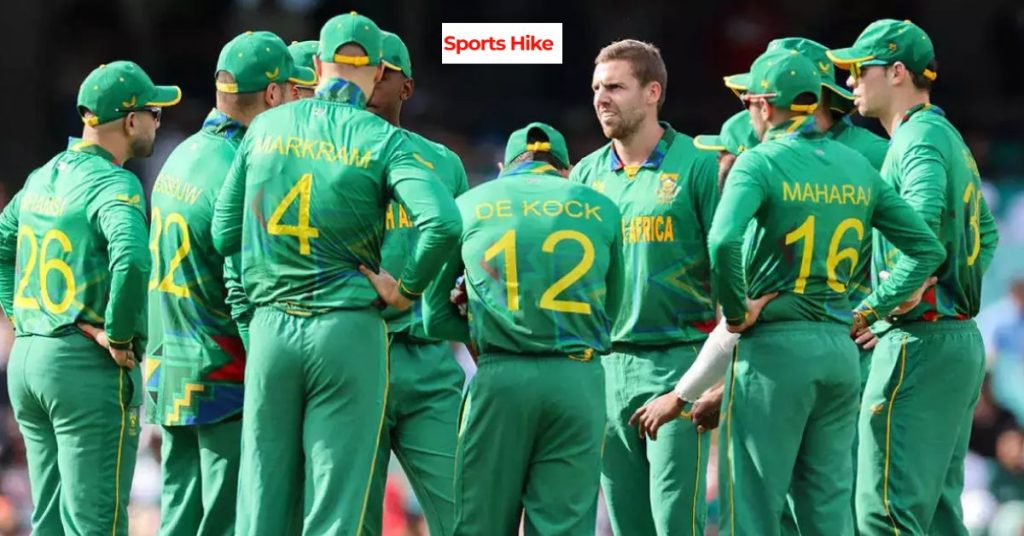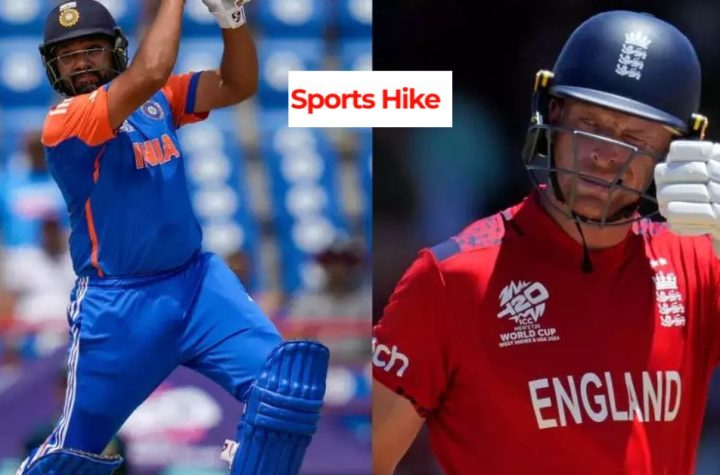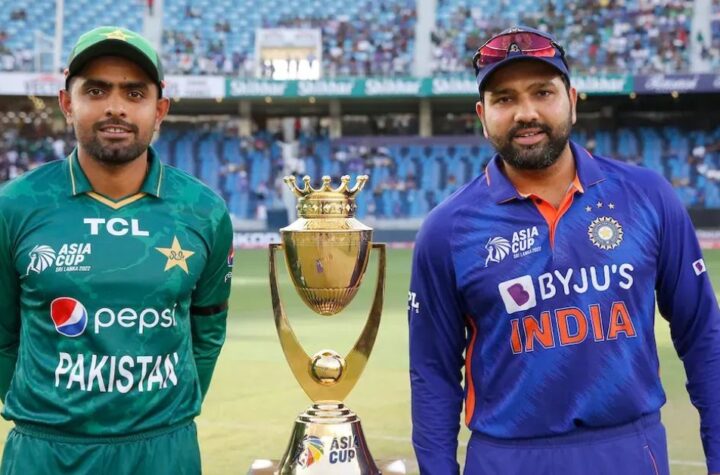
South Africa boasts an illustrious cricketing legacy. Once seen as an exclusive sport for white gentlemen only, cricket in South Africa now features skillful players like Omar Henry and Makhaya Ntini who continue its tradition today.
South Africa produced one of the finest batsmen of modern cricket history – AB de Villiers – but still faces difficulties in expanding and improving the sport.
History and Development
South Africa made an immediate impactful return to international sport thirty years ago as a unified nation, making an immediate mark on global cricket. They quickly rose through the ranks to become one of the premier teams across all formats despite an ongoing history of racism, marginalisation and exclusion that runs parallel with that of their country itself.
As Sandiford notes, cricket has long been seen as an instrument of imperial hegemony and its use by white culture as part of white cultural identity. Additionally, African resistance to playing this form of the game provides a vivid demonstration of tension inherent in any hegemonic relationship.
Notably, CSA has found ways to overcome these hurdles and produce some of the finest players worldwide. This has been achieved by creating systems designed to identify talent early and bring it through its processes.
Challenges Faced
Since 2015, much has changed at CSA; however, many challenges still exist. Financial projections don’t meet reality, the team is struggling with performances, and leadership of CSA remains uncertain due to past CEO Thabang Moroe’s mismanagement.
Mr Lawson Naidoo discussed CSA’s mismanagement in his report and inquired as to the timeline for hiring a new CEO and board membership composition (only two women on both boards), plus subcommittee representation.
Mr Pholetsi Moseki responded that while the responses from Cricket South Africa may appear defensive, they actually recognized the many issues facing the organisation. He noted how promising players from township schools were offered bursaries to develop their talent at former Model C schools which already possessed facilities – an integral step toward transformation. Furthermore, rural and township schools were prioritized through Cricket Hubs being established nationwide.
Success Stories
After two decades of isolation due to apartheid, South Africa emerged into international sport as a unified nation and quickly made their mark in white-ball cricket – reaching five ODI World Cup semi-finals and two T20 World Cup semi-finals along the way.
But their work at grassroots level is truly impressive. Here, the country is producing young talent who not only play for local franchises but are making inroads into overseas teams as well.
One only needs to look at the list of current South African players overseas to appreciate what has been achieved, despite Cricket South Africa (CSA) still operating under targets that require domestic teams to field certain percentages of black players – an unfortunate remnant of apartheid that Kevin Pietersen, who once blamed quotas for his move abroad, wanted changed.
Players in South Africa Cricket
South Africa has produced some of the world’s finest cricketers, such as Jacques Kallis, Graeme Smith and Hashim Amla – who all contributed greatly to helping bring South African cricket where it stands today.
But there are still racial barriers in cricket. Black batsmen from townships face difficulty competing for spots on regional and national age-group teams with students from elite private schools, thus giving them less opportunity to develop their skills and improve their chances of becoming top players.
Ottniel Baartman is an example of young black players making an impactful mark in domestic and international cricket. As a right-handed batsman who bowls right-arm fast-medium deliveries, his deceptive style has caused batsmen around the world difficulty, particularly during Twenty20 cricket matches.
Future Outlook
A stark illustration of world cricket’s division has come with South Africa’s decision to withdraw from three ODIs scheduled in Australia next month, on account of clashing dates with their domestic T20 franchise tournament, according to Cricket South Africa (CSA). While this logical and pragmatic argument holds water, Steve Waugh and Michael Clarke have raised concern regarding Test matches’ future – an opinion widely shared across cricketers around the globe.
South Africa have elected to keep most of their regular Test squad at home for the second edition of SA20, under new skipper Neil Brand and including seven debutantes in their squad. By leveraging brand storytelling, CSA hopes the league can bring in both eyeballs and money from an increasingly lucrative global market.
Following another heart-rending World Cup semi-final loss, Cricket South Africa (CSA) sought to establish an affordable T20 franchise competition at home in South Africa – Mzansi Super League was established last year and though it hasn’t quite achieved its full potential yet it offers much-needed relief to their ailing governing body.
Final words
Few sports fans would be able to watch the final moments of South Africa’s 1999 semi-final against Australia without feeling their stomach turn, as its macabre scenes hung like an unlucky curse over them and created something of a sporting curse that has haunted their Proteas ever since.
Ghosts from past World Cup eliminations could fill five-storey townhouses: Allan Donald’s avoidable run-out at his own tournament in 2003, Shaun Pollock misreading Duckworth Lewis in 2007 and rain preventing AB de Villiers from sealing an emphatic win against New Zealand in 2015.
If the Proteas wish to shake their reputation as chokers, something extraordinary must happen. According to Dean Elgar, they won’t escape this label until they win a World Cup – though this might require shifting significant psychological baggage first.





More Stories
How Many Creases Are There In Cricket?
India National Cricket Team Vs England Cricket Team Timeline
India National Cricket Team Vs England Cricket Team Match Scorecard